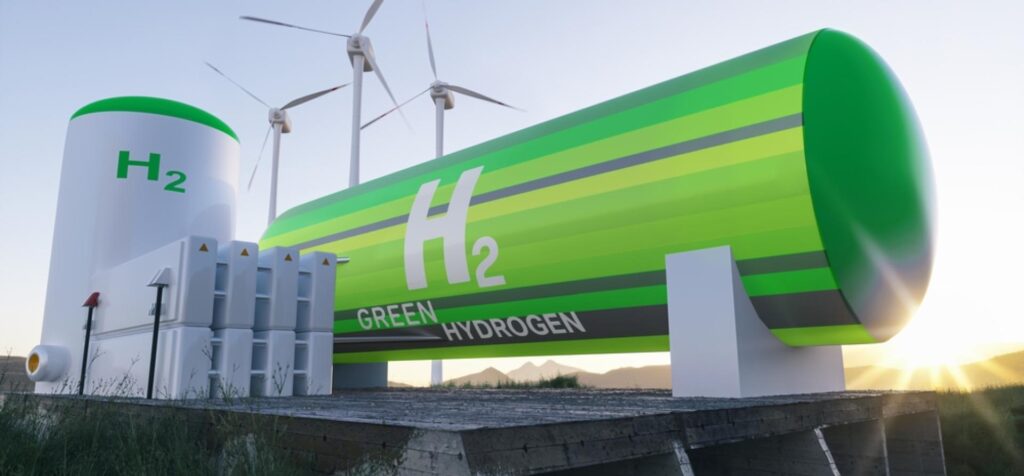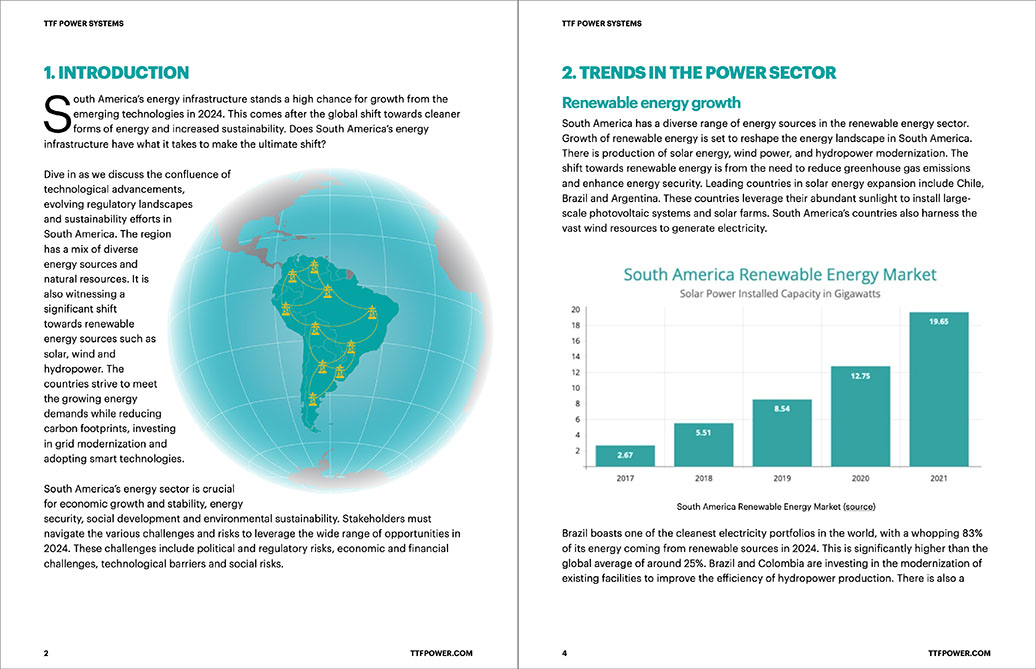
Green hydrogen is energy produced through the electrolysis of water using renewable electricity. This process generates hydrogen and oxygen without emitting greenhouse gases. South America is emerging as a potential global leader in the green hydrogen economy. The region has abundant renewable energy resources including solar and wind. South American countries are investing in renewable energy and set ambitious climate goals. Production of green hydrogen could help in the clean energy transition and play a role in energy strategies. The current green hydrogen projects in South America are 140 projects with 522 announced projects to develop by 2030. These projects are in countries like Chile, Brazil, Argentina, and Uruguay.
Challenges facing green hydrogen in South America
More south American countries continue to invest in renewable energy and set climate goals. The development offers several benefits in energy security and diversifying the energy mix. However, it faces several challenges that may limit their adoption rate in the region. These challenges include high initial costs, infrastructure development, regulatory and policy support, market development and demand. A cross plate anchor is a component used in transmission line systems. It serves as a robust foundation for securing the support structures.
Resources for green hydrogen
South America has abundant natural resources that make it suitable for green hydrogen production. these resources help in the production of green hydrogen through the electrolysis process. The resources combine with water resources, mineral wealth and growing expertise in the region. This is to take advantage of the global shift towards clean energy. The development would need continued investment, supportive policies and international collaboration. The following are the resources for green hydrogen production in South America.

- Solar energy – the Atacama Desert in Chile offers abundant solar irradiance which make it ideal for large-scale solar power plants. The solar plants can provide electricity needed for green hydrogen production. Brazil and Argentina also has areas with high solar irradiance in the northeastern regions.
- Wind energy – the Patagonia region, Brazil and Uruguay has strong and consistent winds ideal for wind energy. They provide hubs for wind energy development and offers great potential for hydrogen production.
- Hydropower – regions like Brazil, Paraguay, and Peru have extensive hydroelectric dams. These include the Itaipu Dam and Andean region. This provides power which could redirect towards green hydrogen production.
- Water resources – the Amazon Basin and Andes Mountains span countries like Brazil, Peru, Colombia, Chile, Argentina and Bolivia. They provide abundant freshwater resources for the electrolysis process. The region must however manage the use of water resources to avoid negative impacts on local ecosystems and communities.
- Mineral resources – lithium works in the batteries used to store renewable energy. Countries like Chile, Argentina and Bolivia holds portions of the world’s lithium reserves.
- Infrastructure and expertise – this includes transmission lines, power generation facilities and ports. These may then need expansion or upgrading to support hydrogen production and export.
Climatic impacts of hydrogen production in South America
Green hydrogen uses water to produce electricity using renewable energy. It reduces carbon emissions and helps to combat climate change. The development and deployment of hydrogen have the potential for both positive and negative impacts. It is important for South American government and industry professionals to manage the negative environmental and climatic impacts. The following are the climatic impacts of green hydrogen production in South America.

- Reduction in greenhouse gas emissions – green hydrogen produces energy using renewable energy sources. It replaces fossil fuels in transportation, industries and power generation.
- Support for renewable energy expansion – green hydrogen production drives the expansion of renewable energy infrastructure. This increases the investments in solar, wind and hydropower projects. This expansion can help stabilize electricity grids and reduce reliance on fossil fuels.
- Decarbonization – production of this energy helps to decarbonize sectors that are difficult to electrify. It replaces use of fossil fuels in sectors such as heavy industry, chemical production and heavy-duty transportation.
- Water resource consumption – green hydrogen production needs water for the electrolysis process. This could strain local water resources especially in arid areas.
- Land use and biodiversity – large-scale renewable energy projects for hydrogen production can lead to land use changes. This could lead to potential conflicts with communities and land rights if near traditional lands.
- Energy demand and grid stability – investments in grid modernization and energy storage are necessary for their deployment. This is to ensure that hydrogen production meets the increased demand for electricity.
